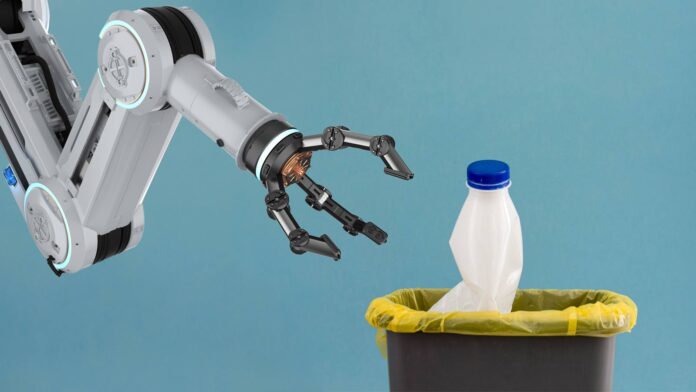Introduction to Sustainable Development
Sustainable development is based on several key principles, including the use of renewable energies, water cycle management, and the circular economy. The circular economy approach aims to minimize waste generation, with the ultimate goal of achieving zero waste. To accomplish this, implementing effective recycling policies is crucial. However, one of the significant challenges in recycling is waste sorting, due to the diverse origin and composition of materials, which require meticulous sorting.
The Importance of Waste Sorting
Waste sorting is carried out through various techniques such as magnetic separation, flotation by immersion in liquids, decomposition processes, or manual separation. Fortunately, technological advancements like artificial intelligence and robotics are making the recycling process more efficient. The objective is to ensure that none of the waste produced ends up in landfills but is instead given a second life by being converted into other products and raw materials.
Most Common Types of Urban Waste
Understanding the diversity of waste and the characteristics of different materials is essential to grasp the challenge faced by recycling plants. A municipal waste sorting plant (MSW) primarily receives two types of waste: organic and inorganic.
Organic Waste
Organic waste is of biological origin and can decompose naturally. Examples include food scraps, fruit and vegetable peels, coffee grounds, leaves, and garden waste.
Inorganic Waste
Inorganic waste does not decompose naturally and is generally not biodegradable. This category includes:
- Plastics: Bottles, containers, bags.
- Metals: Cans, lids, metal objects.
- Glass: Bottles, jars.
- Paper and Cardboard: Newspapers, boxes, magazines.
- Textiles: Clothing, fabrics, synthetic fibers.
Robotics Applied to Waste Classification
Interestingly, manual sorting by human operators is often the most reliable method for separating waste. Researchers at Tsinghua University have developed a robot designed to sort garbage by mimicking the human sense of touch. This robot incorporates thermal sensation, allowing it to distinguish between different materials based on the thermal sensations they produce, similar to human tactile sensitivity.
The new waste sorting technology utilizes a layered sensor that detects material on the surface, pressure sensitivity at the bottom, and thermal changes in the middle layer. When tested with common waste items such as cardboard, leftover bread, plastic bags and bottles, orange peels, or expired medicines, the robot, supported by a sorting algorithm, achieves a 98.85% accuracy in identifying and sorting waste. This innovation opens the door to efficient and autonomous recycling solutions, which also protect human health by reducing exposure to hazardous substances during waste treatment.
The robot’s ability to replicate the complexity of human touch not only improves waste sorting but also has potential applications in other fields, such as intelligent prosthetics for people with hand disabilities, providing them with advanced tools to manipulate objects.
Conclusion
The development of technologies like the robotic waste sorting system is a significant step towards achieving the goals of sustainable development, particularly in minimizing waste and promoting the circular economy. As technology continues to advance, we can expect more efficient and autonomous recycling solutions. These advancements will not only benefit the environment by reducing waste and promoting recycling but also contribute to human health and safety. By embracing and supporting such innovations, we move closer to a future where waste is valued as a resource rather than discarded as garbage.

